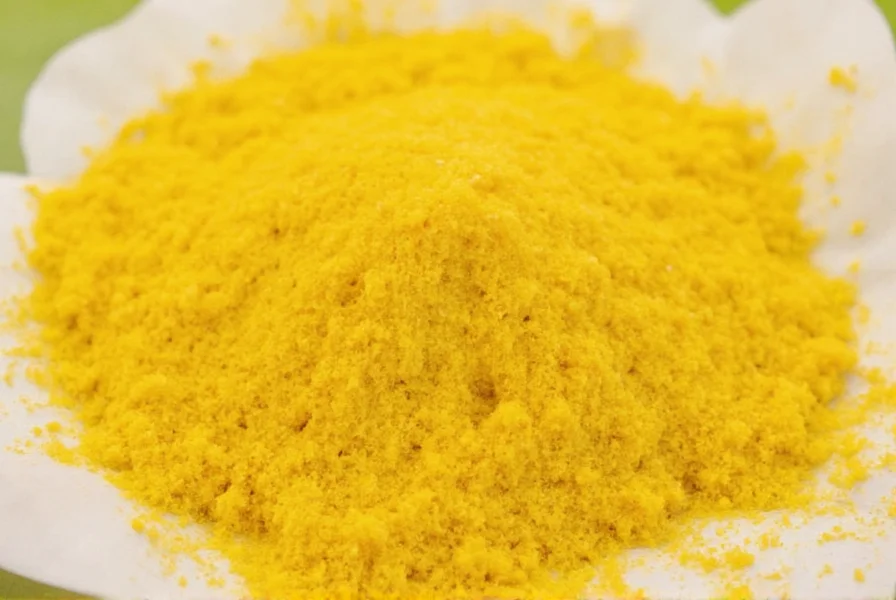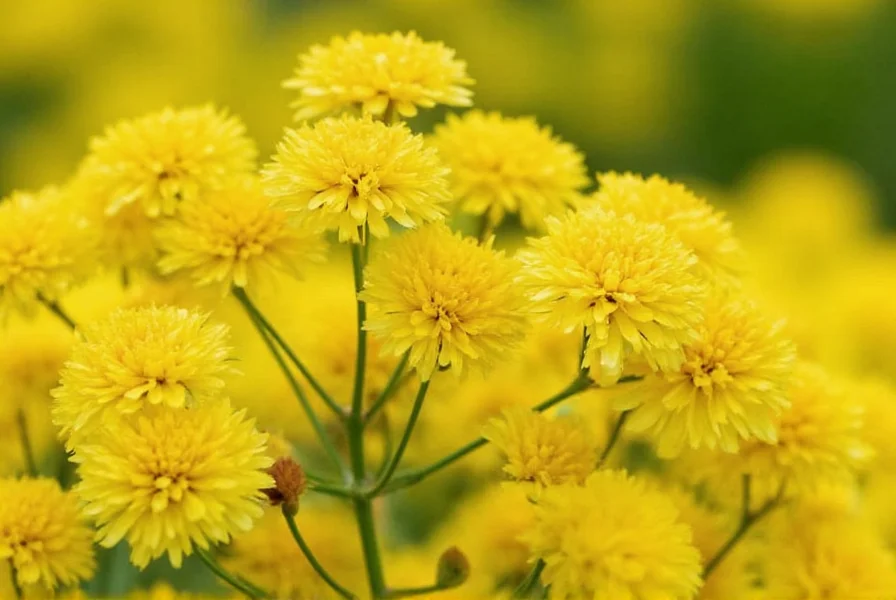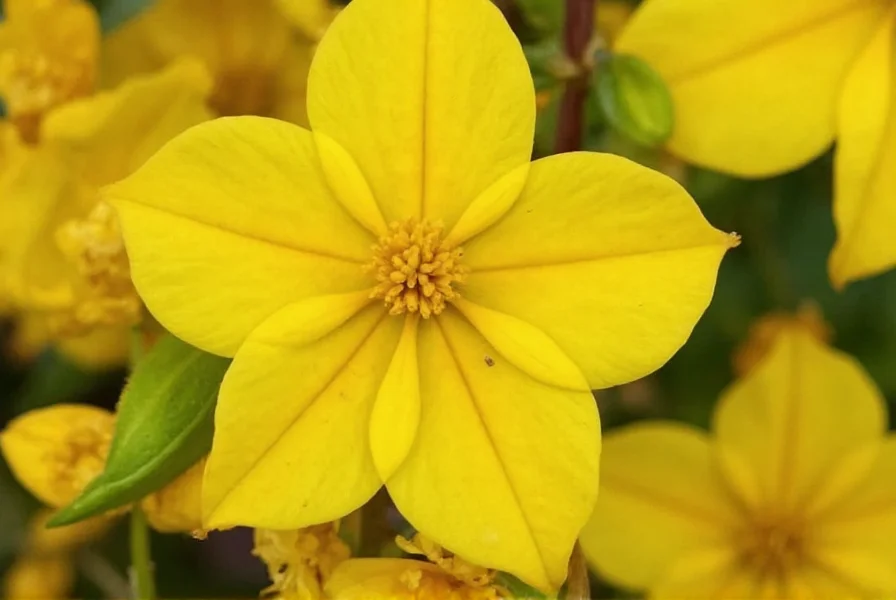Many people search for "yellow ginger" wondering if it's a special variety, but in reality, the term typically describes the standard ginger root most consumers find in grocery stores. The yellow hue inside the rhizome comes from natural pigments, particularly zingiberene and small amounts of curcuminoids similar to those found in turmeric.
Understanding Yellow Ginger Characteristics
Yellow ginger represents the most common form of ginger available worldwide. When you slice open a fresh ginger root at the supermarket, the yellowish interior you see is perfectly normal and indicates a mature, high-quality product. The intensity of the yellow color often correlates with the ginger's maturity and concentration of beneficial compounds.
The confusion around "yellow ginger" frequently stems from marketing terms or regional naming differences. Some vendors might use "yellow ginger" to distinguish it from bleached "white ginger" products, which have had their outer skin chemically treated to appear pale. However, botanically speaking, these all belong to the same species: Zingiber officinale.

Yellow Ginger vs. Other Ginger Varieties
Understanding the differences between ginger varieties helps clarify the "yellow ginger" terminology:
| Ginger Type | Appearance | Flavor Profile | Common Uses |
|---|---|---|---|
| Yellow Ginger (Common) | Yellow flesh, light brown skin | Balanced spicy-sweet, aromatic | General cooking, baking, teas |
| White Ginger (Bleached) | Pale yellow to white flesh | Milder, less complex | Candying, light-colored dishes |
| Black Ginger (Krachai) | Purple-black skin, white flesh | Sharper, more medicinal | Traditional medicine, specific Thai dishes |
The difference between yellow ginger and regular ginger is essentially non-existent—"regular" ginger is yellow ginger. The misconception arises when people encounter bleached ginger products marketed as "white ginger." Natural yellow ginger contains higher concentrations of gingerols, the compounds responsible for ginger's characteristic heat and potential health properties.
Culinary Applications of Yellow Ginger
Chefs prefer yellow ginger for most applications due to its robust flavor profile. When considering how to use yellow ginger in cooking, remember these key points:
- Fresh preparation: Grate or mince yellow ginger for maximum flavor release in sauces, marinades, and dressings
- Heat application: Cooking yellow ginger mellows its sharpness while enhancing its sweet notes—ideal for curries and stews
- Preservation methods: Pickling yellow ginger maintains its vibrant color and creates a versatile condiment
- Pairing suggestions: Combines beautifully with citrus, garlic, coconut milk, and warming spices like cinnamon
For those exploring yellow ginger culinary uses, try adding freshly grated yellow ginger to smoothies, stir-fries, or baked goods. The natural sweetness balances well with both savory and sweet applications. When substituting for white ginger in recipes, yellow ginger typically provides more intense flavor, so you may need slightly less.
Nutritional Composition and Research Insights
Scientific analysis reveals that yellow ginger contains several bioactive compounds:
- Gingerols: Primary pungent compounds with studied antioxidant properties
- Zingerone: Formed when ginger is cooked, contributing to its warm flavor
- Shogaols: Dehydration products of gingerols with intensified pungency
- Essential oils: Including zingiberene, responsible for much of ginger's aroma
Research on the nutritional value of yellow ginger shows it contains vitamins B6 and C, along with minerals like magnesium and potassium. The distinctive yellow color comes from natural pigments that may contribute to its overall phytochemical profile. Studies suggest these compounds may support various bodily functions, though more research is needed to understand their full implications.

Practical Selection and Storage Tips
When choosing yellow ginger root, look for firm rhizomes with smooth skin and minimal wrinkles. The best specimens feel heavy for their size and emit a strong, spicy aroma when scratched. Avoid roots with soft spots or visible mold.
Proper storage extends yellow ginger's shelf life significantly. Keep unpeeled ginger in an airtight container in the refrigerator's vegetable drawer for up to three weeks. For longer storage, freeze whole or sliced ginger—frozen ginger grates beautifully without thawing. Some chefs prefer storing ginger in sherry or vodka to preserve both flavor and texture.
Addressing Common Misconceptions
Several myths surround yellow ginger that deserve clarification:
- Misconception: Yellow ginger is a special premium variety
Reality: It's simply the standard ginger root with natural yellow pigmentation - Misconception: The yellow color indicates artificial coloring
Reality: The yellow hue comes from natural compounds like zingiberene - Misconception: Yellow ginger has dramatically different health benefits than other ginger
Reality: Benefits are similar across ginger varieties, with minor variations in compound concentrations
One frequent point of confusion involves yellow ginger vs turmeric. While both have yellow pigments and belong to the Zingiberaceae family, they're distinct plants with different flavor profiles and chemical compositions. Turmeric contains curcumin as its primary active compound, while ginger's main bioactive components are gingerols.











 浙公网安备
33010002000092号
浙公网安备
33010002000092号 浙B2-20120091-4
浙B2-20120091-4